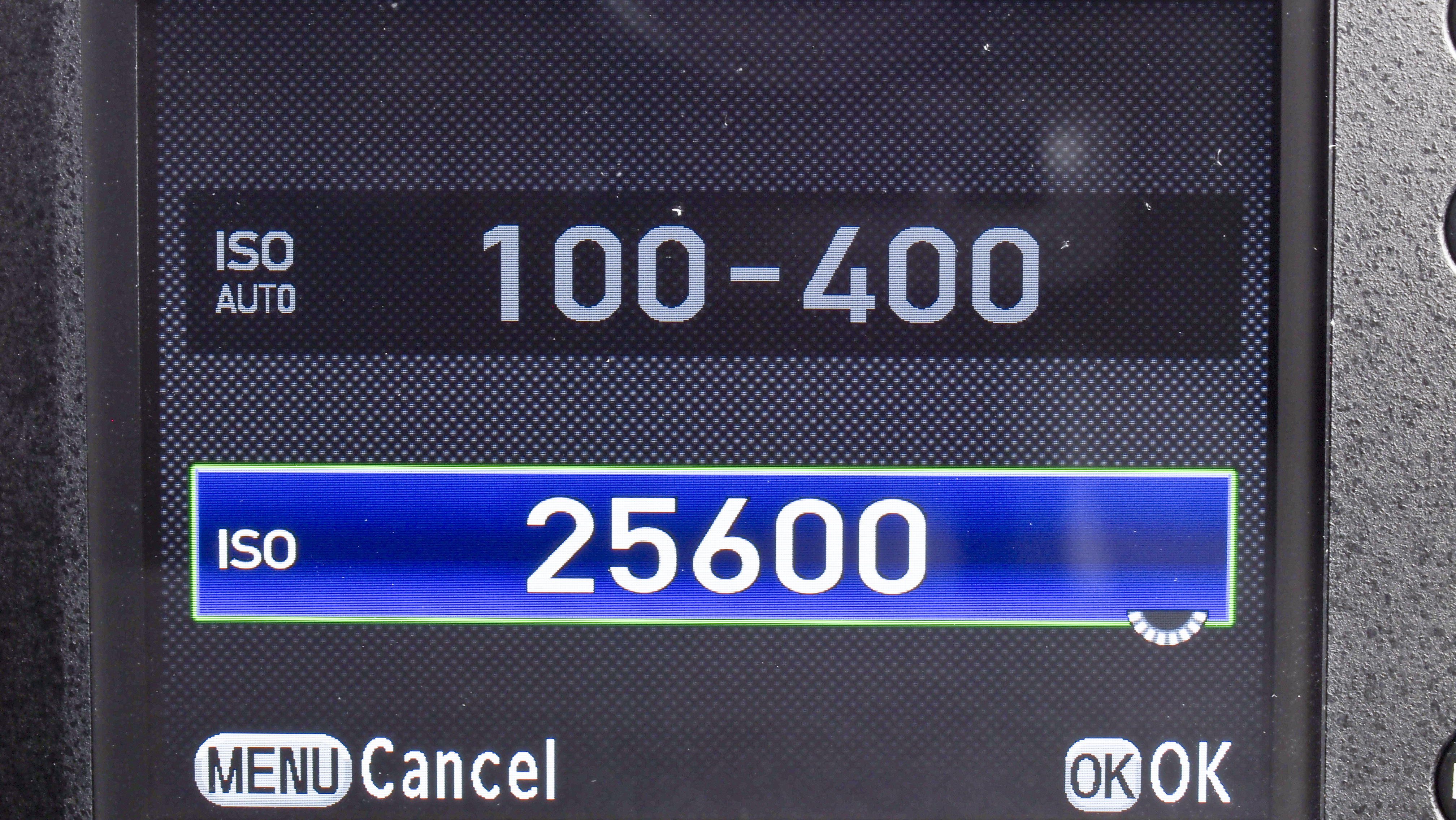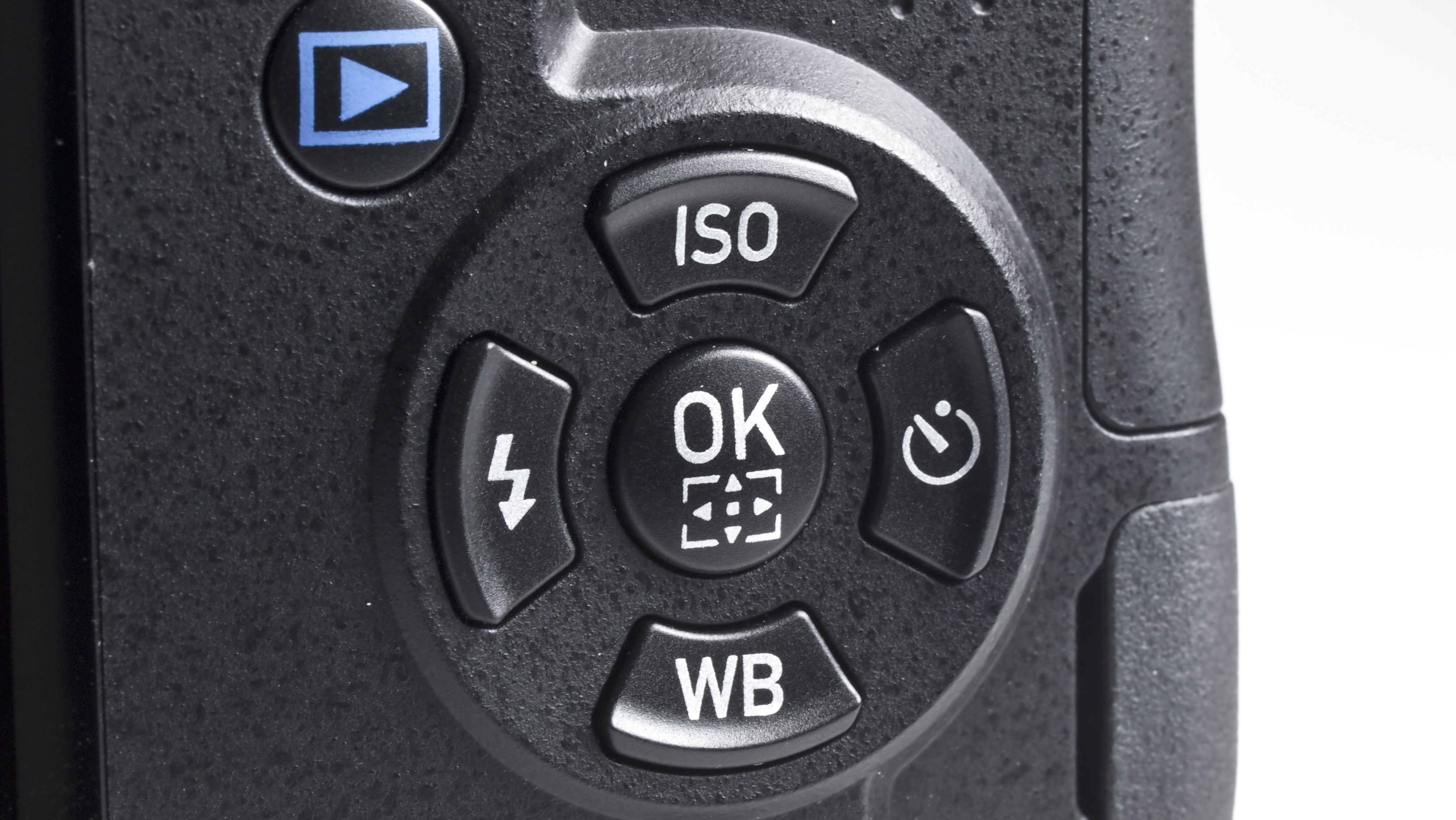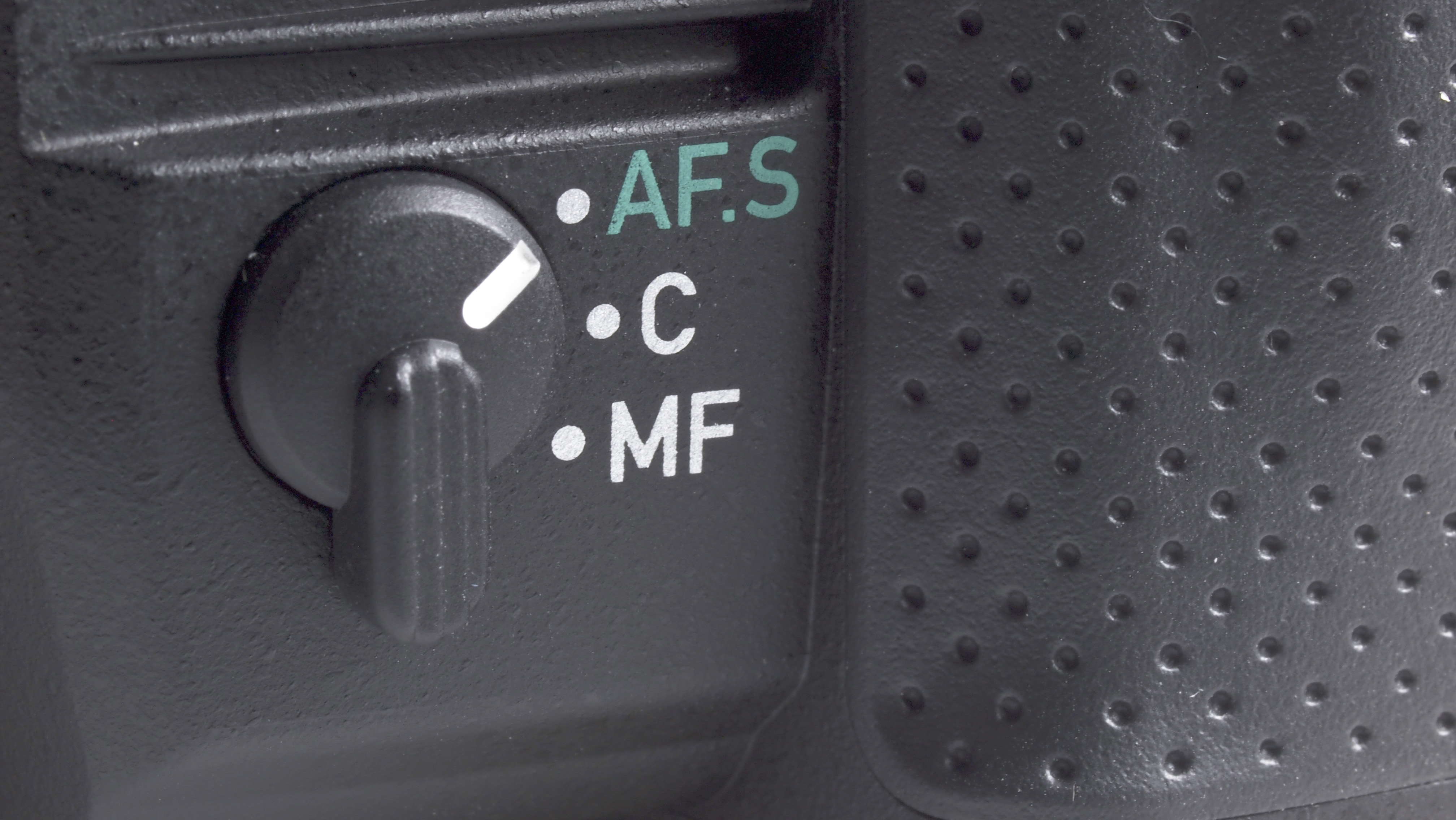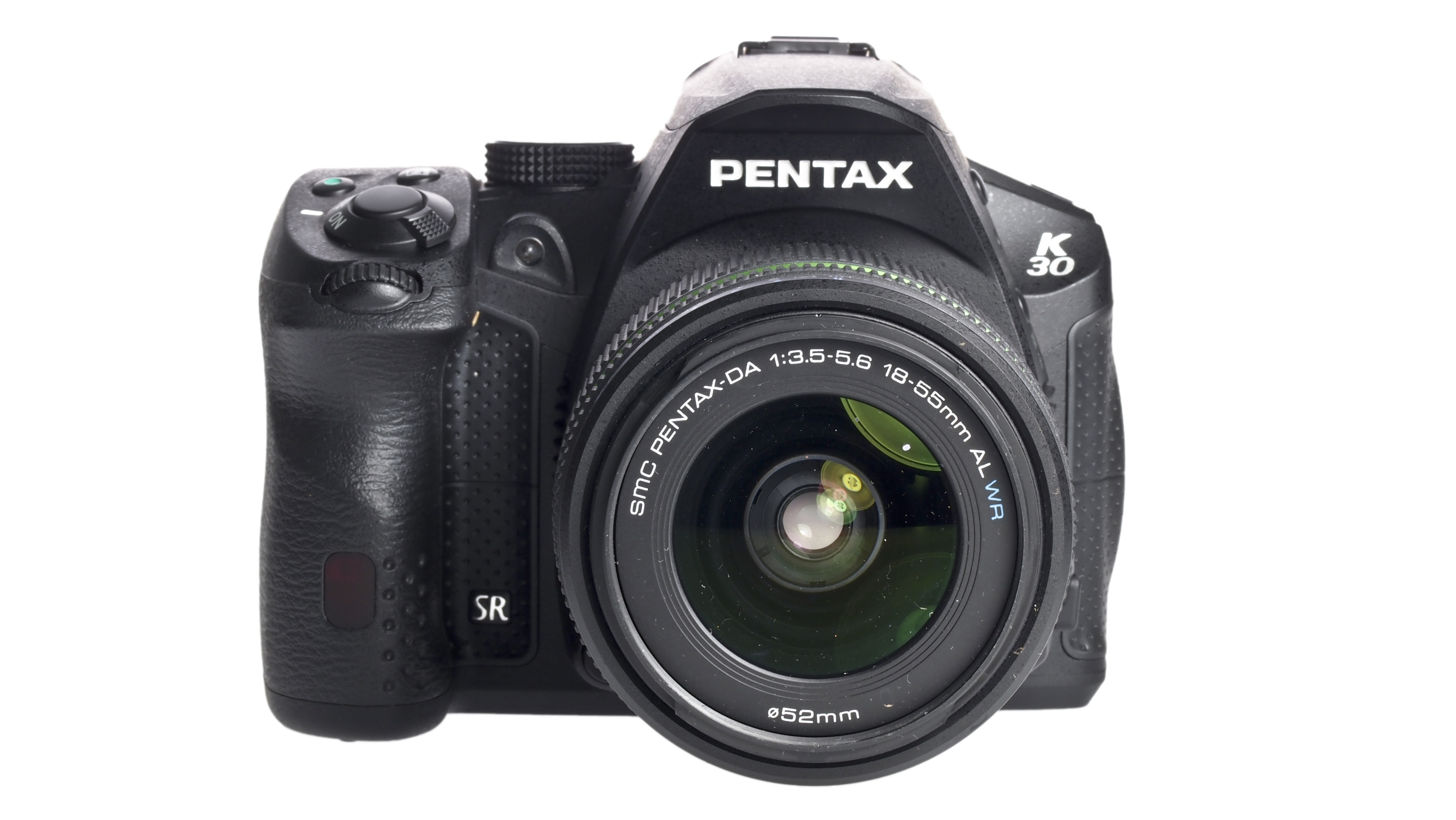Why you can trust TechRadar
In line with Pentax's earlier SLRs the K-30 tends to capture plenty of detail at the risk of showing a little noise. We prefer this approach as it's easier to remove noise post capture than it is to add detail.
Although the native sensitivity setting runs from ISO 100-12,800, images captured at the upper value and at the expansion setting (ISO 25,600) have lots of chroma noise, which is visible in the shadows at normal printing sizes. There is no particular pattern or banding in the noise, so the images are ripe for post-capture editing. Nevertheless we would try to avoid these top two values.
The best results are produced at ISO 3200 and below and this gives the photographer plenty of scope for shooting with the sensitivity set to automatic with this as the upper limit.

Another area where the K-30 impresses is with its white balance. We used the auto white balance setting in a range of conditions and it performed extremely well, even coping with artificial lighting indoors. That's not to say that you won't want to make the occasional adjustment, but on the whole the colours are good.
We enjoyed using the digital filters and combining them with the Custom Image modes, but it's frustrating that they can't be employed with raw files. Ideally we'd like to be able to use the filters when shooting raw and JPEG files simultaneously to produce one 'filtered' JPEG image and one 'clean' raw file.

Similarly the 77-segment general purpose metering system does a good job in many situations. There is a tendency to underexpose when faced with scene that has bright areas, but it isn't quite so pronounced as with earlier Pentax cameras and at least it protects the highlights a little.
We found that the Highlight and Shadow Correction options are useful for drawing a little more out of the shadows and highlights. The in-camera HDR mode also produces effects that range from very subtle to overtly HDR depending upon which settings you choose. It's a shame that only the composite image is saved at the end though, it would be nice to have the constituent bracketed images to work on post capture.
With the 18-55mm f/3.5-5.6 DA WR kit lens mounted the autofocus system is best described as adequate. In good light it's pretty quick, but as soon as light dips below ideal it becomes hesitant and indecisive.

The situation is much improved when a lens such as the DA 18-135mm f/3.5-5.6 ED AL [IF] DC WR with an internal focusing motor is mounted, however, and focusing becomes much quicker and significantly quieter. Fortunately, the K-30 is also available as a kit with the 18-135mm lens and we recommend this option over the 18-55mm kit.
Although the K-30 has a claimed maximum continuous shooting rate of 6fps, we were only able to achieve 5fps when recording the highest quality JPEGs.
